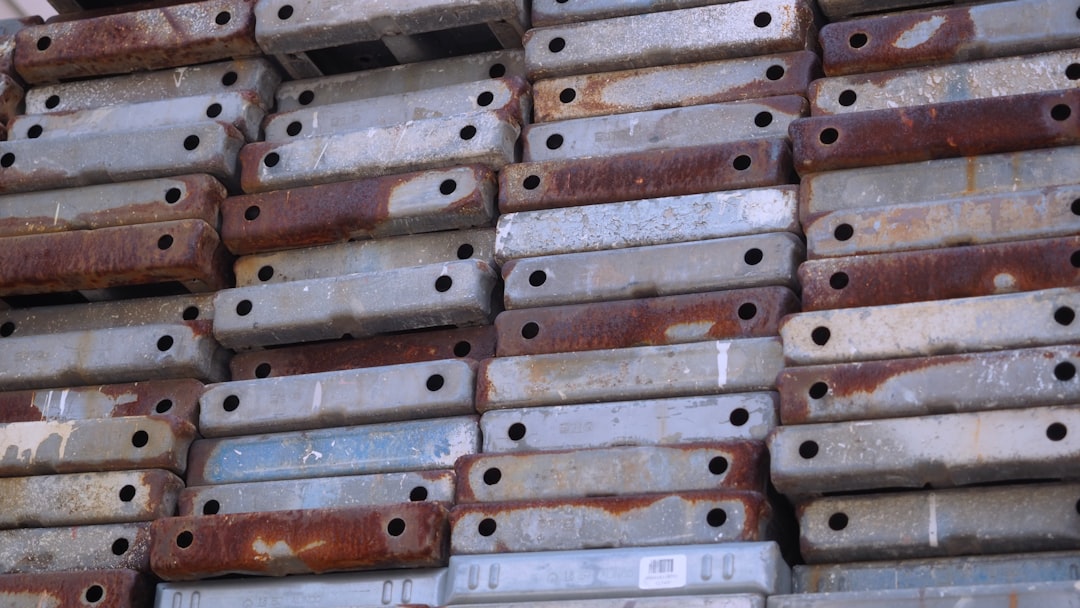body { font-family: sans-serif; line-height: 1.6; }
h1, h2, h3 { color: #333; }
h1 { font-size: 2.5em; }
h2 { font-size: 2em; }
h3 { font-size: 1.5em; }
The international trade of steel involves intricate logistical arrangements, and understanding the nuances of Incoterms is crucial for both importers and exporters. Two of the most commonly used Incoterms for steel exports are FOB (Free On Board) and CIF (Cost, Insurance, and Freight). This comprehensive guide will dissect the key differences between FOB and CIF, clarifying responsibilities and cost implications to help you make informed decisions.
Understanding Incoterms: The Foundation of International Trade
Incoterms, or International Commercial Terms, are standardized trade terms published by the International Chamber of Commerce (ICC). They define the responsibilities of buyers and sellers regarding delivery, costs, risks, and insurance in international transactions. Choosing the right Incoterm is paramount to avoiding disputes and ensuring a smooth transaction. Incorrectly selecting an Incoterm can lead to significant financial losses and legal complications.
FOB (Free On Board): Seller’s Responsibilities at the Port
With FOB, the seller’s responsibility extends to delivering the goods to the named port of shipment. The seller is responsible for:
- Arranging for the goods to be loaded onto the vessel at the designated port.
- Bearing all costs and risks associated with the goods until they are safely loaded onto the vessel.
- Providing necessary export documentation.
Importantly, the buyer bears all costs and risks associated with the goods from the moment they are loaded onto the vessel. This includes freight, insurance, and any potential damage or loss during transit.
CIF (Cost, Insurance, and Freight): Seller’s Broader Scope
CIF places a significantly broader range of responsibilities on the seller. In addition to delivering the goods to the named port of shipment and loading them onto the vessel, the seller is also responsible for:
- Paying for the freight costs from the port of shipment to the port of destination.
- Securing marine insurance to cover the goods during transit.
- Providing all necessary shipping documents, including the insurance policy.
Under CIF, the risk of loss or damage transfers to the buyer only once the goods have been delivered to the named port of destination. This means the seller bears the risk during the entire voyage.
Cost Implications: FOB vs CIF in Steel Exports
The cost implications of choosing FOB versus CIF are significant. While FOB might seem cheaper initially because the buyer assumes freight and insurance costs, the buyer needs to factor these additional expenses into their budget. Conversely, CIF offers a seemingly higher initial price, but the seller covers the freight and insurance, simplifying the process for the buyer. The overall cost to the buyer can vary depending on market conditions and the distance between the ports. Careful consideration of all costs is essential for both parties.
For steel exports, the volume and weight of the goods significantly impact freight costs. The choice of Incoterm can affect the negotiation of the final price. For instance, if freight rates are volatile, a CIF agreement might provide more price certainty for the buyer, while an FOB agreement might offer more flexibility if the buyer can secure favorable freight rates independently.
Choosing the Right Incoterm: Factors to Consider
Selecting the appropriate Incoterm depends on several factors, including:
- The experience and resources of both the buyer and seller: A buyer with established relationships with freight forwarders and insurers might prefer FOB for greater control. Conversely, a seller with expertise in logistics might prefer CIF for a simpler transaction.
- Market conditions: Fluctuations in freight rates and insurance premiums can influence the choice. A stable market might favor FOB, while a volatile market might favor CIF.
- Risk tolerance: Buyers with a higher risk tolerance might prefer FOB, while buyers seeking greater security might prefer CIF.
- Relationship between buyer and seller: A strong, established relationship might allow for more flexibility in choosing the Incoterm.
Thorough communication and a clear understanding of each party’s responsibilities are crucial in determining the most suitable Incoterm for a steel export transaction.
Conclusion: Understanding the nuances of FOB and CIF is vital for successful steel exports. By carefully considering the responsibilities, costs, and risks associated with each Incoterm, both buyers and sellers can ensure a smooth and profitable transaction. Always consult with legal and logistics professionals to ensure compliance with international trade regulations and best practices.
SEO-Friendly Tags:
- FOB Steel Export
- CIF Steel Export
- Incoterms Steel Trade
- International Steel Shipping
- Steel Export Logistics




